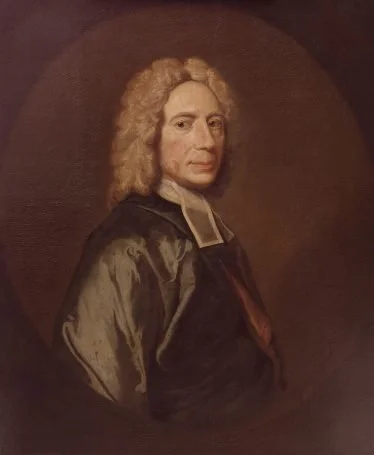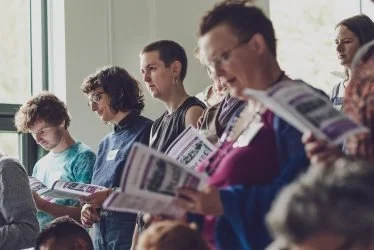
Step in to the Newington Green Meeting House – a heritage site with a fascinating past, present and future.
Our exciting programme of events and exhibitions explores dissent: past and present. We are an accessible, free heritage space sharing our radical history and serving our local community. How can we help you and your community? From support with English language learning to work skills placements - we are open and flexible.
















